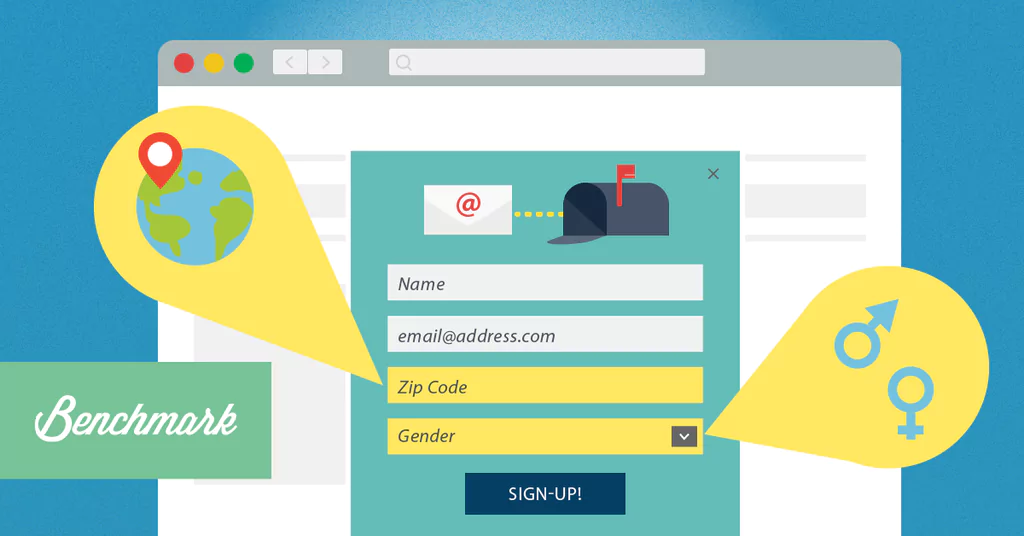We’ve been rushing to e-commerce to sell our goods when really the time might be ripe to return to the brick and mortar. Entrepreneurs had long since left store fronts in favor of e-commerce once the benefits and versatility of online shopping became clear. E-commerce allowed for a wider net to attract more clients, while also reducing the overhead cost of running a business. However, its drawbacks are something even veteran business owners are realizing might just be costing them business in the long run.
One of the many drawbacks to an “online only” shop is that it doesn’t allow for face-to-face customer engagement. You might flock to opportunities for customer engagement online or via other social platforms, but none of those hold a candle to the chance to speak with your customers – a chance for them to get to know you just as much as you get to know them. This is where connections are made, and five minutes in real-time is worth more than hours behind a screen.
The other disadvantage is that some businesses really benefit from customers being able to view their product. It’s one thing to have an online shop, even an exquisitely designed one with perfectly photographed images – but it’s quite another for customers to be able to see and touch the products. You’re also more likely to get a sale if the product is right in front of a customer’s eyes, and if they’re able to touch and experience it for themselves.
As a micro business owner on Etsy over the last year, that’s one thing I’ve seen consistently: Every time I can get my handmade jewelry in front of someone, it sells. Online however, it’s a hit and miss. Online, I’m relying on people’s ability to see the value in the handcrafted items – and that requires someone with an eye for fine handwork. That changes in person. In person, you can see the item and immediately appreciate the handiwork whether or not you have an eye for these things.
This lends to legitimacy. Having a place where people can walk in and sample your products adds to your business authority. After all, anyone can have an online shop – but if you have a store front, you’re probably not a fly-by-night set up. This is particularly true if your online shop has little to no transparency that lets people explore the company, the founders, the product, the ethos, etc. There are some things that just don’t translate the same online as they do in person.
The same goes for the business partnerships you can create with a store-front. Having a store-front as well, no matter how modest, allows you to network and cross-promote with local businesses. You get a leg in there and with local business chambers. Essentially this means more eyes, more exposure, and more sales.
The real crux of why people are returning to brick and mortar can be found in a fantastic piece Catherine Clifford wrote for Entrepreneur, titled “Why These Ecommerce Front-Runners Are Building Brick and Mortar Stores.” An article that should be considered an imperative for any shop owner, it guides you through a handful of companies and their experience with crossing the bridge from e-commerce to storefront. Most notable is the idea to merge the two experiences, to give people the service and options they expect from e-commerce and apply it toward an “in-person” experience.
Having a storefront also lets customers experience your brand. It enables you to fill the senses with sights, sounds, smells, and other sensory experiences that offer an enriched brand experience. It’s one thing to have a shop that has a distinct style; it’s quite another to walk into a world that style has created. People want that experience, and customers who are given just that will happily pledge their loyalty. At the end of the day, every customer wants to be courted and that’s precisely what a brick and mortar helps you do.










